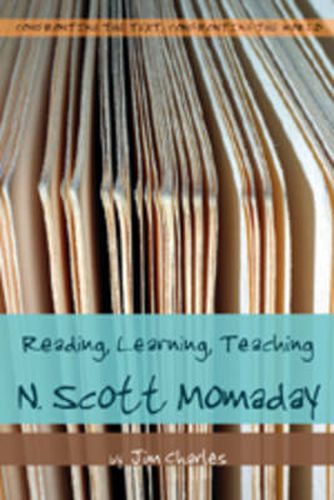Readings Newsletter
Become a Readings Member to make your shopping experience even easier.
Sign in or sign up for free!
You’re not far away from qualifying for FREE standard shipping within Australia
You’ve qualified for FREE standard shipping within Australia
The cart is loading…






Reading, Learning, Teaching N. Scott Momaday is an introduction to the literature and art of American writer N. Scott Momaday, winner of the 1969 Pulitzer Prize and member of the Kiowa American Indian Tribe. This book describes the impact of Momaday’s family, Kiowa heritage, Pueblo cultural experiences, and academic preparation on his worldview, poetry, novels, essays, children’s books, works in mixed genres, painting, and drawing, and it offers an analysis of his major works including the structural aspects and major themes of his writing and art. Jim Charles’s description of specific pedagogical strategies for teaching Momaday’s work as well as actual examples of the kinds of student responses Momaday’s work elicits will help teachers in making curriculum decisions and in preparing lessons. This book presents a case for N. Scott Momaday’s work receiving greater attention in the literature curriculum grades 11 through 14.
$9.00 standard shipping within Australia
FREE standard shipping within Australia for orders over $100.00
Express & International shipping calculated at checkout
Reading, Learning, Teaching N. Scott Momaday is an introduction to the literature and art of American writer N. Scott Momaday, winner of the 1969 Pulitzer Prize and member of the Kiowa American Indian Tribe. This book describes the impact of Momaday’s family, Kiowa heritage, Pueblo cultural experiences, and academic preparation on his worldview, poetry, novels, essays, children’s books, works in mixed genres, painting, and drawing, and it offers an analysis of his major works including the structural aspects and major themes of his writing and art. Jim Charles’s description of specific pedagogical strategies for teaching Momaday’s work as well as actual examples of the kinds of student responses Momaday’s work elicits will help teachers in making curriculum decisions and in preparing lessons. This book presents a case for N. Scott Momaday’s work receiving greater attention in the literature curriculum grades 11 through 14.